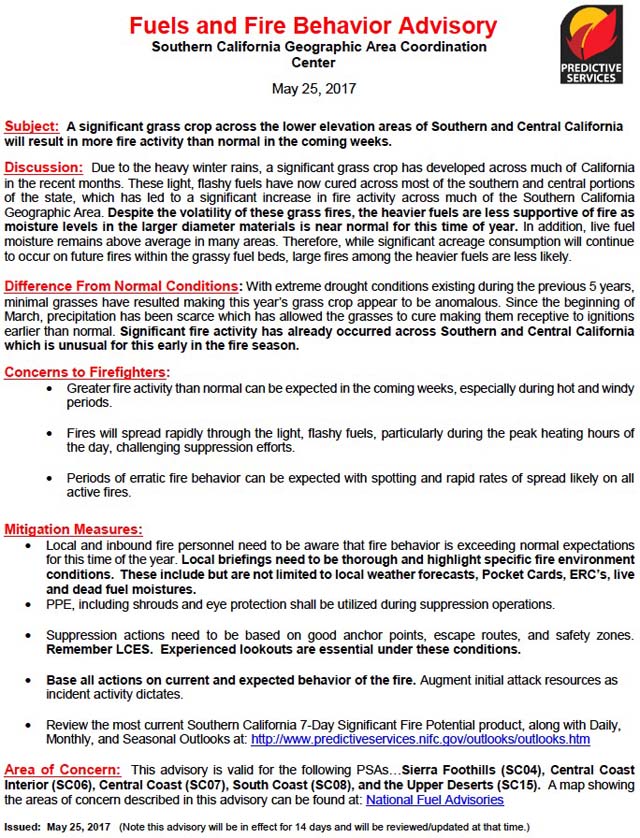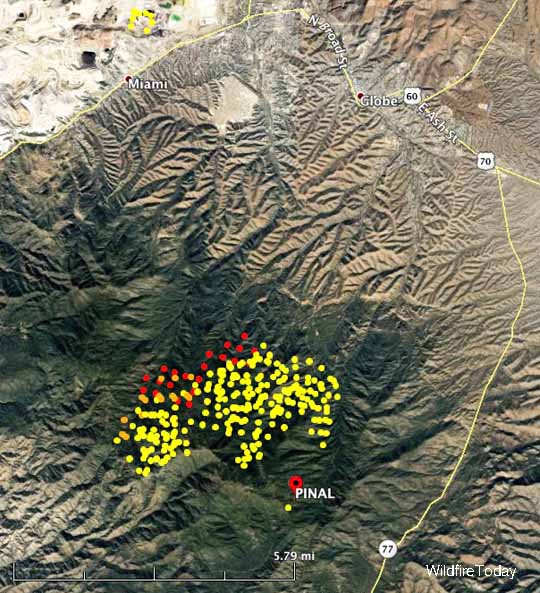Above: One of the homes that survived the Eiler Fire in northern California, August, 2014. Photo by Bill Gabbert.
The CBS TV show 60 Minutes recently aired a story titled, “Wildfires on the rise due to drought and climate change“, concentrating on how to deal with the increasing number of wildfires, and particularly what homeowners can do to protect their investments.
Below is an excerpt from the transcript:
Events like [the Yarnell Hill Fire that killed 19 member of the Granite Mountain Hotshots] add urgency to the work at a U.S. Forest Service lab. In this building in Missoula, Montana, scientists study how fires spread.
And one of them, Jack Cohen, made a specialty of how to better defend homes.
Jack Cohen: Clearly we’re not gonna solve the problem by telling people they’re gonna have to move their houses into a city from being out in the woods.
Steve Inskeep: Not gonna happen.
Jack Cohen: Right? It’s not gonna happen for a whole bunch of reasons, one of which is that the population who live there, including me– aren’t gonna do it.
Steve Inskeep: Is it reasonable for a homeowner in that situation, a fire bearing down on their neighborhood to just say, “Look, I pay my taxes. There are firefighters, there’s a fire department. The forest service, if it’s public land, has thousands of firefighters. It’s their job; put it out?”
Jack Cohen: So what if they can’t? Then the question becomes one of, “Well, if the extreme wildfires are inevitable does that mean that wildland-urban fire disasters are inevitable?” And my answer to that is no.










